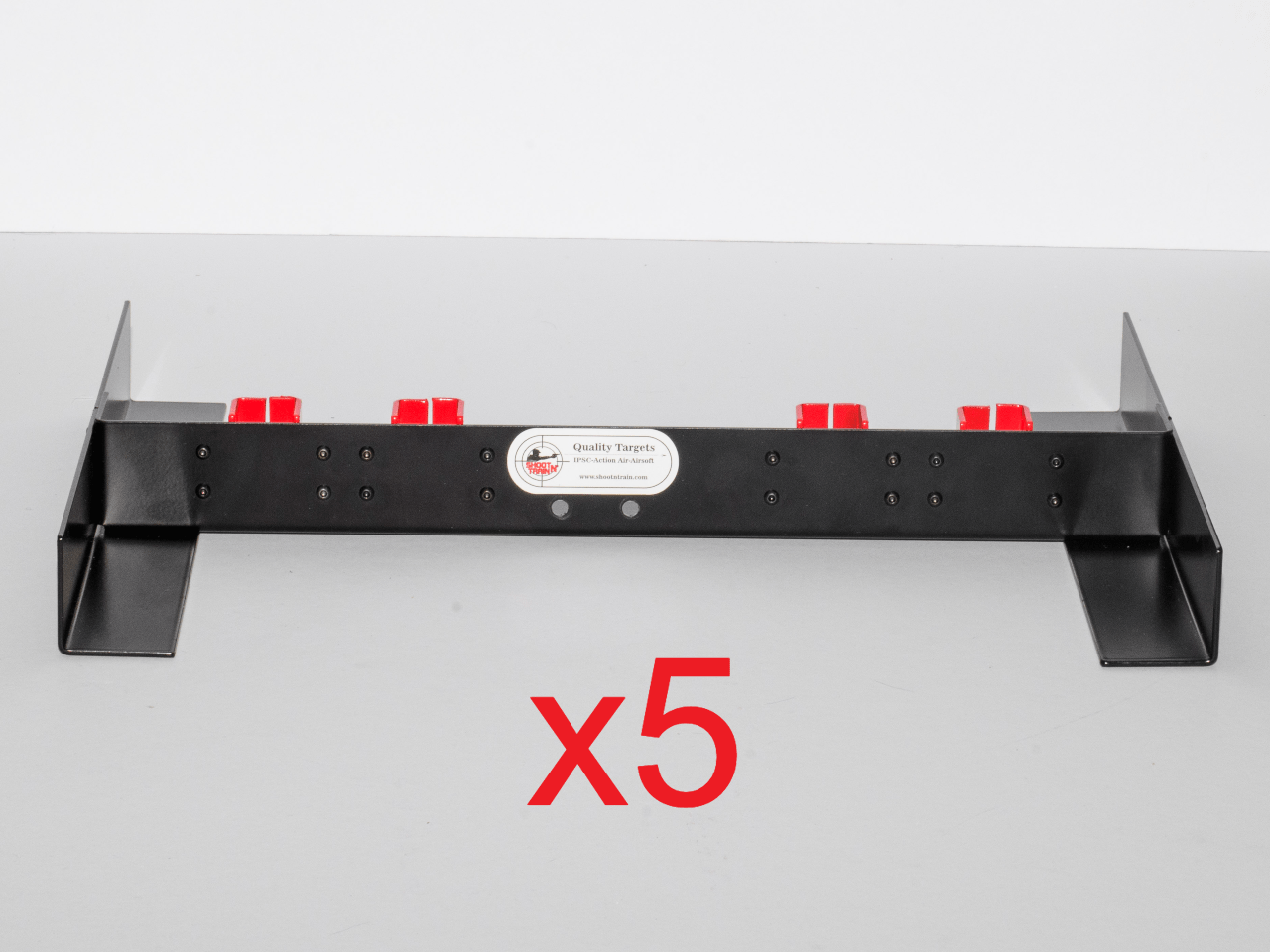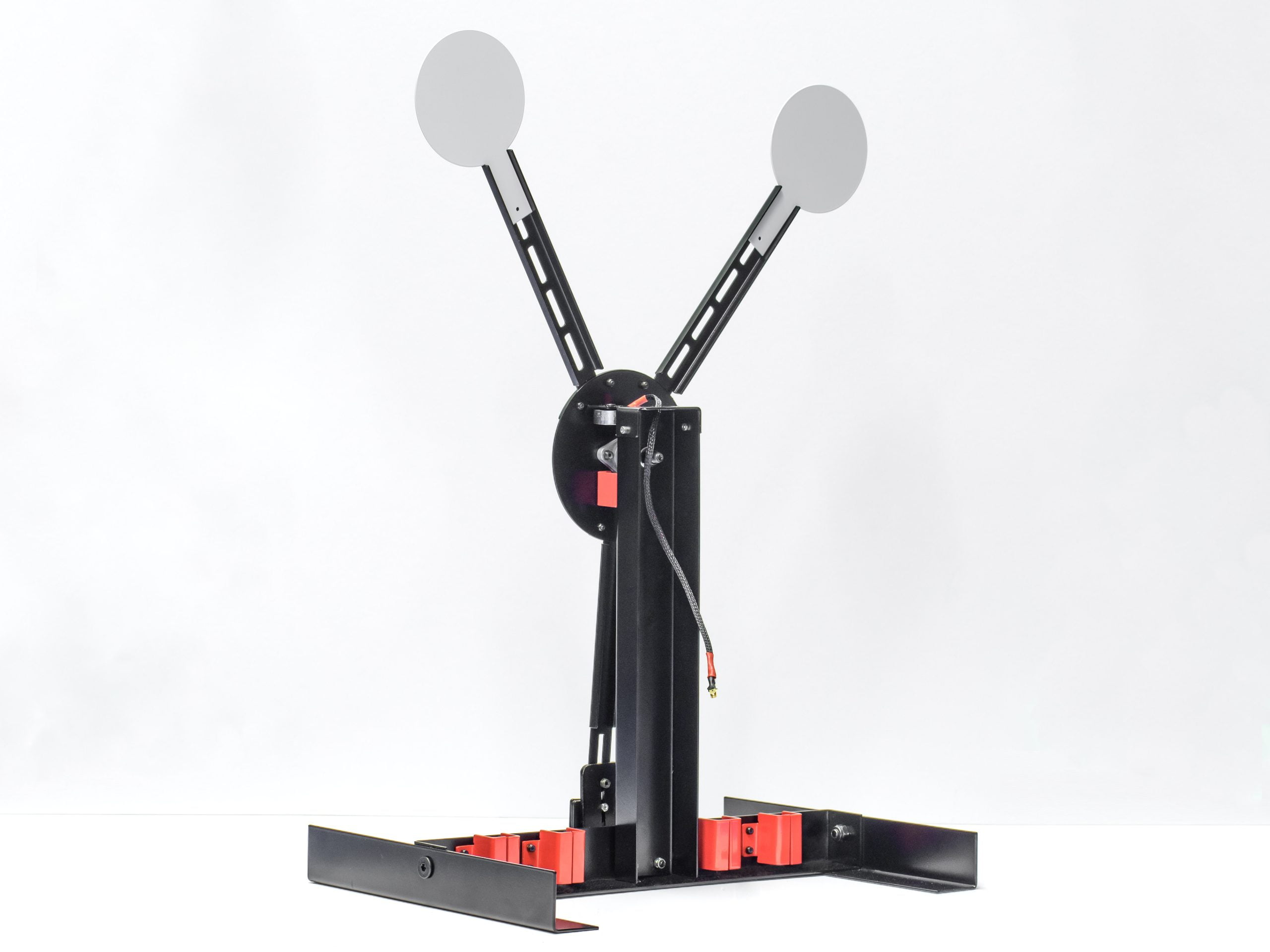
Conquer Moving Targets: Advanced Techniques for IPSC Training
Introduction
In the world of competitive shooting, IPSC (Global Practical Shooting Confederation) stands as one of the most difficult and exciting disciplines. As shooters make every effort to enhance their abilities, mastering the art of shooting at moving targets ends up being essential. In this article, we will Shoot N' Train swinging shooting target explore innovative strategies for IPSC training that will help you conquer moving targets with accuracy and confidence.
The Value of Quality IPSC Targets
Before delving into the methods, it is vital to emphasize the significance of utilizing premium IPSC targets. IPSC cardboard targets are particularly developed to simulate real-world circumstances, boosting your training experience. Shoot N' Train target patches shooting Shoot N' Train uses a wide variety of superior IPSC targets that precisely reproduce different shooting conditions.
Shoot N' Train: Your Source for Quality IPSC Targets
Shoot N' Train takes pride in providing shooters with remarkable IPSC targets that satisfy the greatest requirements. With their resilient building and sensible dimensions, these targets provide an exceptional training experience. Whether you are a novice or an experienced shooter, Shoot N' Train has got you covered.
Mastering Shooting on Moving Targets
Shooting at moving targets needs a distinct set of skills and methods. Here are some sophisticated methods that will assist you dominate moving targets during your IPSC training sessions:

1. Correct Footwork and Body Positioning
To successfully engage moving targets, having a strong structure is crucial. Start by guaranteeing proper footwork and body positioning. Maintain a balanced stance with your feet shoulder-width apart and a little bent knees. Disperse your weight evenly to allow fast movements in any direction.
2. Tracking Techniques
Tracking moving targets needs excellent hand-eye coordination and focus. One reliable tracking method is called "follow-through." As you engage the target, continue tracking its motion even after firing your shots. This method assists preserve visual contact with the target, enabling fast follow-up shots if necessary.
3. Anticipation and Timing
Anticipating the movement of a target is essential to accomplishing precise hits. Study the pattern and speed of the moving targets before taking your shot. Develop a sense of timing by observing the rhythm of their movement. With practice, you will be able to anticipate their direction and adjust your goal accordingly.
4. Controlled Set Shooting
Controlled set shooting involves shooting 2 successive chance ats a moving target with accuracy and control. This method requires smooth trigger control and fast target acquisition. Concentrate on maintaining sight positioning throughout the procedure, making sure that both shots hit the desired target area.
5. Body Indexing
Body indexing is a method that includes utilizing your body as a recommendation point to track moving targets accurately. By aligning your body with the target's direction of movement, you can minimize unneeded movements and accomplish quicker target acquisition. Practice body indexing to improve your reaction time and accuracy.
6. Shooting on the Move
In IPSC competitions, shooters are typically needed to engage moving targets while in motion themselves. This ability requires coordination, balance, and adaptability. Start by practicing sluggish movement while engaging static targets, gradually increasing your speed as you gain confidence. Incorporate lateral movements and pivoting to mimic real-world scenarios.
FAQs about Overcoming Moving Targets in IPSC Training
Q1: How do I enhance my accuracy when shooting at moving targets?
A1: Improving precision on moving targets needs constant practice and sharpening particular abilities such as tracking techniques, anticipation, and timing.
Q2: Can I utilize any type of target for IPSC training?
A2: While numerous targets can be utilized for training functions, utilizing IPSC cardboard targets supplies the most reasonable experience, duplicating real-world scenarios come across in competitions.
Q3: Is it possible to master shooting on moving targets without expert training?
A3: While professional training can accelerate your development, it is possible to improve your skills through self-practice and the application of sophisticated techniques discussed in this article.
Q4: How can I improve my reaction time when engaging moving targets?
A4: Responding quickly to moving targets requires establishing muscle memory and reflexes. Routine dry-fire practice and including drills that concentrate on speed and dexterity can assist boost your reaction time.
Q5: What are some typical errors to prevent when shooting at moving targets?
A5: Some typical mistakes consist of overcompensating for target movement, neglecting correct footwork and body positioning, and failing to anticipate the target's instructions accurately.
Q6: Exist any particular training drills that can help me improve my shooting on moving targets?
A6: Yes, several training drills can help you enhance your shooting on moving targets. Examples consist of box drills, figure-eight drills, and shooting while moving laterally.
Conclusion
Mastering the art of shooting at moving Shoot N' Train action air targets cyprus targets is a challenging but important skill for IPSC competitors. By carrying out proper footwork, tracking techniques, anticipation, controlled set shooting, body indexing, and shooting on the relocation, you can dominate moving targets with accuracy and self-confidence. Keep in mind to practice regularly and buy quality IPSC targets like those offered by Shoot N' Train for an immersive training experience. So prepare, apply these advanced methods, and take your IPSC training to new heights!